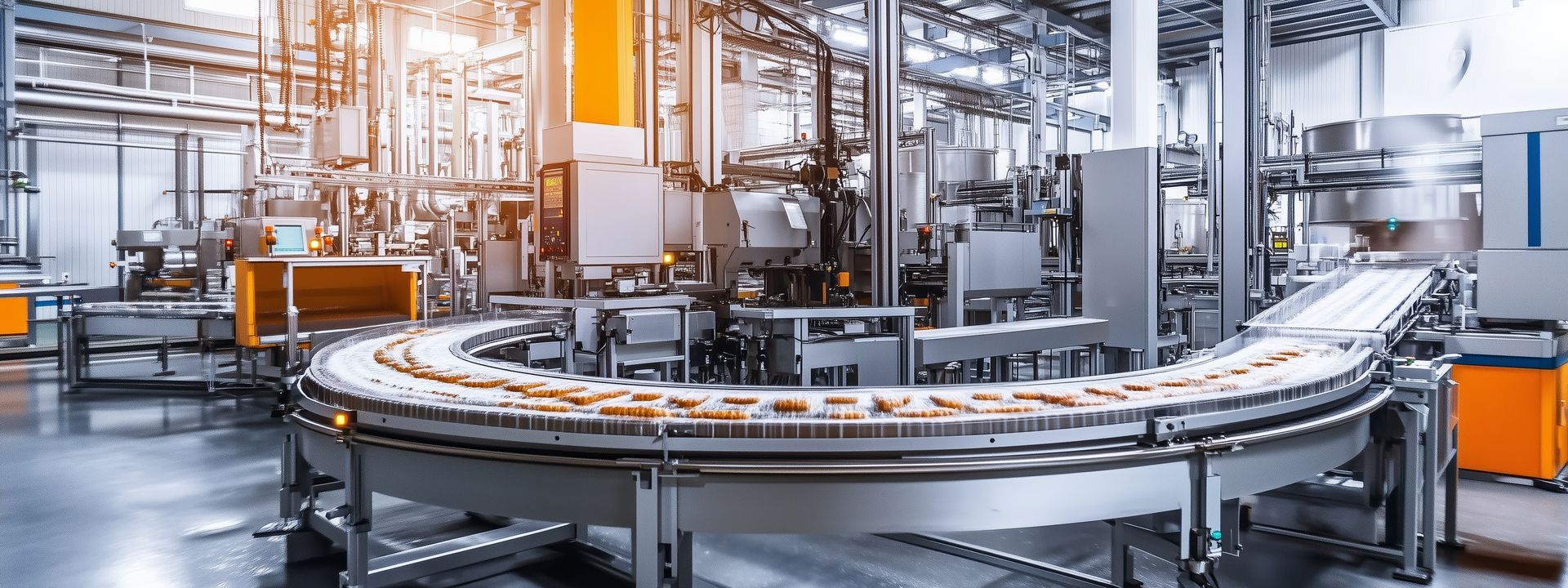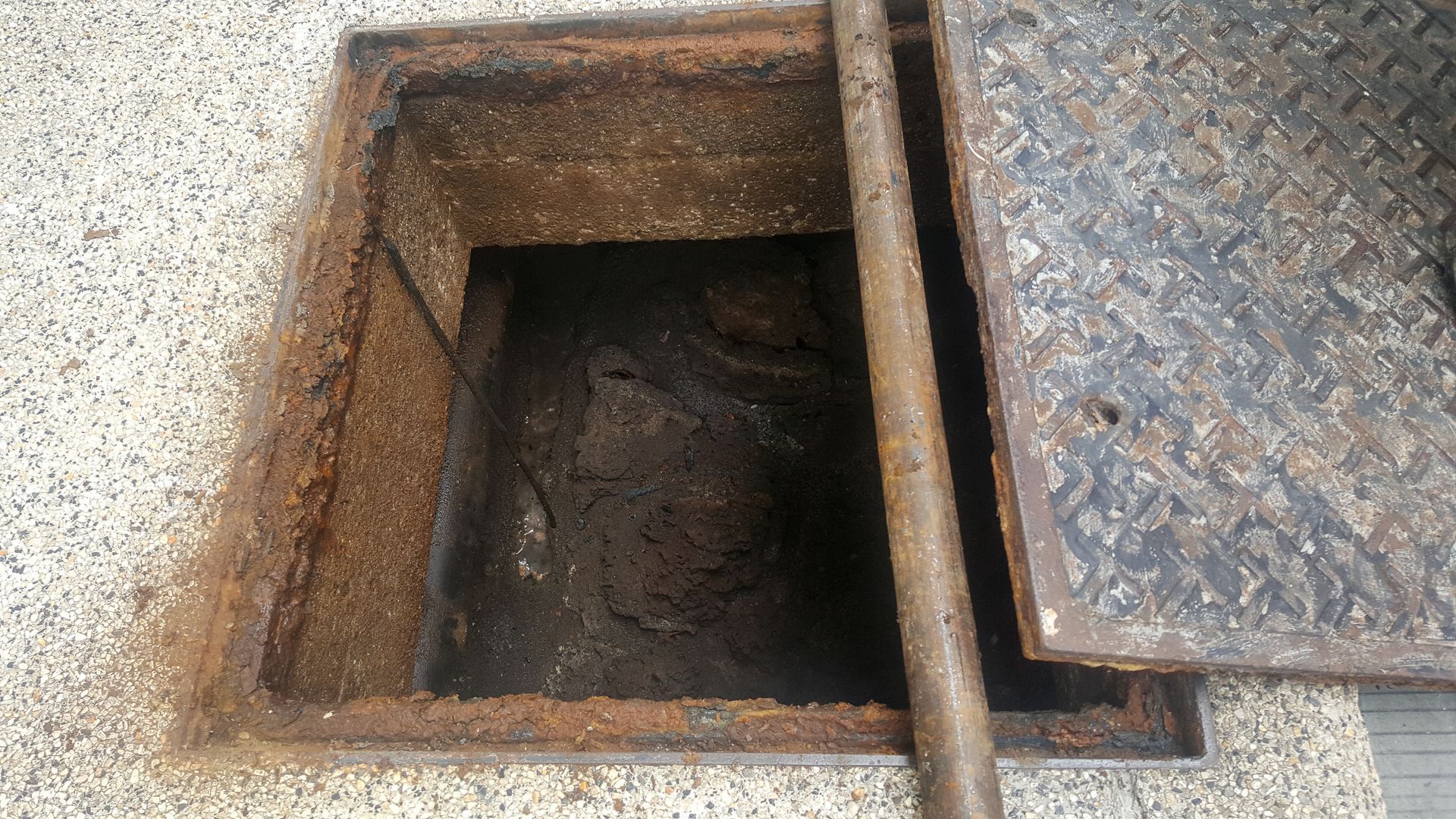Why Food Processors Need More Than Just a Grease Interceptor

Even with properly sized grease interceptors, modern food manufacturing facilities face FOG management challenges that require more robust solutions. From candy and snack producers to granola bar and bakery operations, high-volume discharge and complex waste streams can overwhelm basic systems. If a facility relies solely on traditional grease interceptors, they may risk clogs, fines and even temporary shutdowns due to non-compliance.
The Hidden Challenge: Emulsified Fats and Starches
Standard grease traps are designed for intercepting floatable FOG from wastewater before it enters the municipal sewer system. This works relatively well in restaurants or small commercial kitchens. But in large-scale production environments, emulsified fats (broken down into smaller particles by detergents, heat or mechanical mixing) don’t behave like typical grease. They remain suspended in water longer and often pass right through a conventional grease trap.
Starch-heavy waste adds a second layer of complexity. Factories making potato chips, baked snacks or granola bars often produce wash-down water with high levels of starch. This starchy waste becomes sticky and gummy in pipes, combining with emulsified oils to form thick deposits over time. If not properly managed, this mixture can cause severe blockages and lead to costly downtime.
Different Facilities, Different Needs
Not all food processors generate the same kind of waste. For example:
- Snack & Chip Factories: Heavy starch loads from potato or corn washwater, along with oil from fryer cleaning cycles.
- Candy & Confectionery Facilities: Sugar and syrup residues, which are sticky and contribute to high BOD (Biochemical Oxygen Demand) in wastewater.
- Bakeries and Prepared Foods Plants: Combination of sticky binders (sugars, syrups), oils and fats from dough, sauces or fillings.
- Meat and Poultry Processors: Animal fats, proteins and byproducts that increase FOG and require specialized handling.
- Dairy Plants: Milk fats, whey and other residues that can quickly overwhelm standard grease interceptors.
Each type of facility presents unique wastewater challenges that go beyond what a standard grease interceptor can handle.
Equipment Beyond the Typical Grease Trap or Interceptor
To manage production-generated FOG and other problematic waste, food processors often require a multi-layered system. In addition to standard grease interceptors, these facilities may require:
1. Hydromechanical Grease Interceptors (HGIs)
These compact systems are installed close to the source and rely on flow control and internal baffling to separate FOG and solids more effectively than standard interceptors and grease traps. They're well-suited for high-volume discharge points like floor drains or dishwashing stations.
2. Automatic Grease Removal Units (AGRUs)
AGRUs take it a step further by mechanically skimming grease from wastewater and depositing it into a sealed external container. This prevents build-up inside the interceptor and reduces maintenance intervals.
3. Solids Interceptors
For snack, cereal and other dry goods producers dealing with grains, oats, and other particulates, solids interceptors are essential. These devices trap large particles before they can clog pipes or interfere with downstream systems.
4. Starch Removal Systems
Some facilities benefit from dedicated starch traps or enzymatic pre-treatment units that break down complex carbohydrates before they reach the grease interceptor.
5. Inline Strainers & Screens
Installed at discharge points, inline strainers catch particulates and fibrous materials that could bypass traditional traps.
6. Flow Equalization Tanks
These tanks help balance the wastewater flow rate during heavy discharge periods, preventing sudden surges from overwhelming the treatment system.
Compliance and Cost Control
Local municipalities and wastewater authorities are cracking down on non-compliant discharges, especially in industrial zones. Overloading the sewer with untreated FOG or high-strength waste can result in heavy fines, permit violations and environmental damage. Even worse, it can back up into your own facility, disrupting production and damaging equipment.
By implementing a tailored wastewater management plan that goes beyond a grease trap, processors can stay compliant, reduce emergency plumbing costs and extend the life of their infrastructure.
Customized Grease Trap Solutions for Your Metro-Atlanta Business
Whether you're manufacturing chips, candy, health foods, baked goods, cereals or any other mass-produced food product, our team can provide grease interceptor maintenance services to keep your operations running clean and compliant.
Contact Southern Green Industries today here on our website to schedule a consultation or give us a call at (404) 419-6887 and get ahead of wastewater challenges.
Recent Blog Posts
Contact us Today for a FREE Quote
We are committed to making grease trap cleaning and fryer oil recycling as clean and easy as possible. If you’d like to learn more about our services or get a quote, give us a call at (404) 419-6887.



